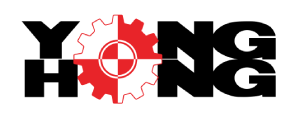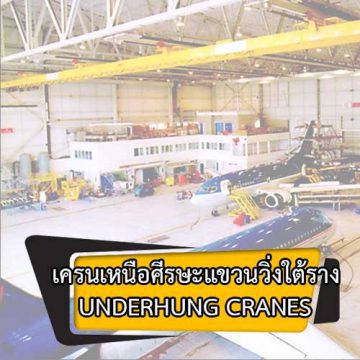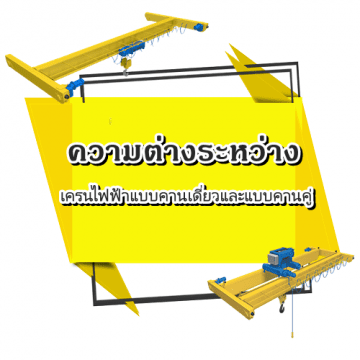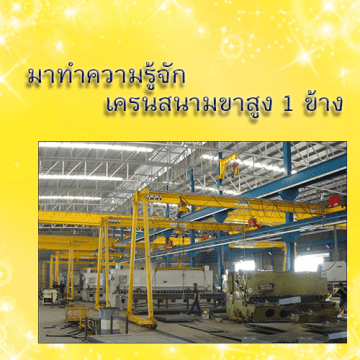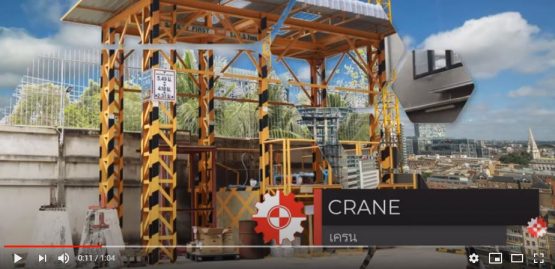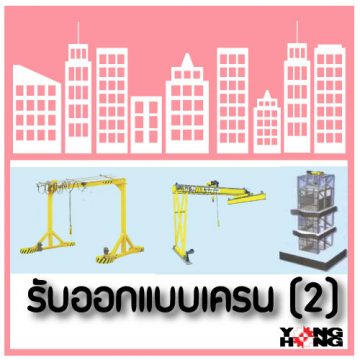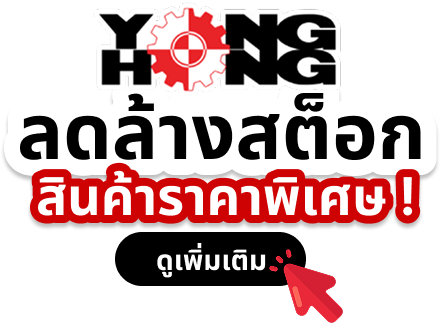Overhead cranes are used to lift and move heavy loads in various industrial settings. They consist of several components that work together to enable safe and efficient lifting and transportation of loads. Here are the main components of an overhead cranes:
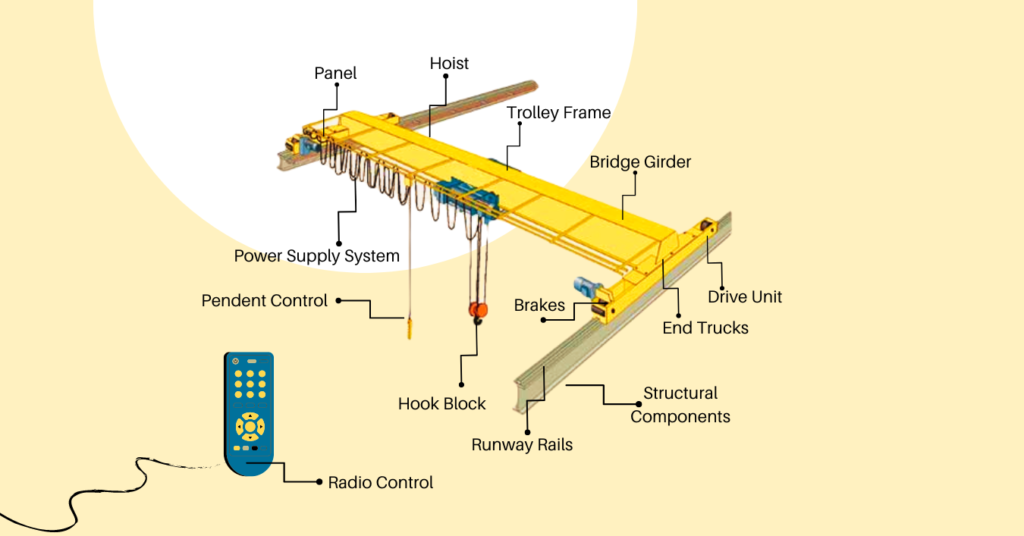
1. Bridge Girder: The bridge is the main horizontal beam that spans the width of the workspace. It supports the other components and travels along the runway rails. The bridge is usually equipped with a trolley and hoist system.
2. Runway Rails: These are the horizontal beams that provide support and guide the movement of the bridge. The bridge travels along these rails, allowing it to cover the entire length of the workspace.
3. Trolley Frame: The trolley is the mechanism that moves along the bridge, enabling lateral movement of the load. It carries the hoisting mechanism and allows for precise positioning of the load.
4. Hoist: The hoist is the device responsible for lifting and lowering the load. It is mounted on the trolley and can be electrically or manually operated. The hoist consists of a motor, drum, and lifting hook or other attachment devices.
5. End Trucks: These are the components that support the bridge and allow it to travel along the runway rails. Each end truck is typically equipped with wheels that move along the runway rails.
6. Controls: The crane is operated using a control system. This can include pendant controls (hand-held devices with buttons), radio controls (wireless devices), and cabin controls (a control station located in a cabin on the crane).
7. Panel: The crane’s electrical system includes wiring, switches, relays, and other components that facilitate the operation of the crane and its various movements.
8. Limit Switches and Sensors: These safety features are designed to prevent the crane from overtraveling or colliding with obstacles. Limit switches and sensors can automatically stop the crane’s movement when certain conditions are met.
9. Brakes: Brakes are used to control and stop the motion of the crane. They are essential for ensuring safe and precise positioning of the load.
10. Hooks and Lifting Attachments: The hook is the primary attachment device used to lift the load. Depending on the type of load, the crane might be equipped with different lifting attachments such as magnets, grabs, or slings.
11. Structural Components: Various structural elements, such as beams, columns, and trusses, provide support and stability to the overhead cranes system. These components ensure the crane can handle the weight of the load and operate safely.
12. Power Supply System: Overhead cranes are powered by electricity. They are connected to a power source that provides the energy needed to operate the crane’s motors, controls, and other electrical components.
These are the basic components of an overhead cranes system. The specific design and features of an overhead crane can vary based on factors such as the intended use, load capacity, and environment in which it will operate.
Tel 02-618-3000 , 02-036-3000
Hotline 088-008-2300
YOTUBE: YONGHONG
